Powder auger filling systems operate based on a sophisticated combination of technologies that ensure efficient and accurate filling of powder materials.
At the heart of the system is the auger itself. The auger is a spiral-shaped component that rotates to move the powder from a supply hopper towards the filling nozzle. The design and pitch of the auger play a crucial role in determining the rate and volume of powder flow.
Sensors and control systems are employed to monitor various parameters such as powder level, filling speed, and pressure. These sensors provide real-time data to the control unit, which then adjusts the auger’s rotation speed and other operational settings to achieve the desired filling accuracy.
Precision-engineered nozzles and valves ensure that the powder is dispensed precisely into the containers. The shape and size of the nozzles are designed to accommodate different container geometries and powder characteristics.

Advanced weighing systems are integrated to measure the amount of powder filled accurately. These systems provide feedback to the control system to make necessary adjustments for consistent filling weights.
The mechanical components of the filling system are made of high-quality materials to withstand the abrasive nature of powder and ensure long-term reliability and durability.
Software programs control the entire filling process, allowing for easy customization of filling parameters, batch settings, and data logging for quality control and traceability.
In summary, the technology behind powder auger filling systems involves a seamless integration of mechanical, electrical, and software components to deliver precise, efficient, and reliable powder filling operations.

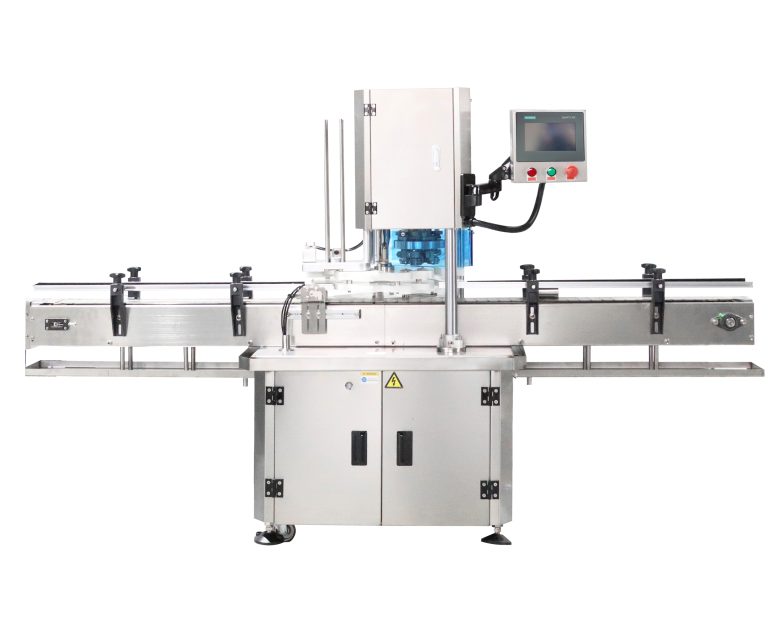
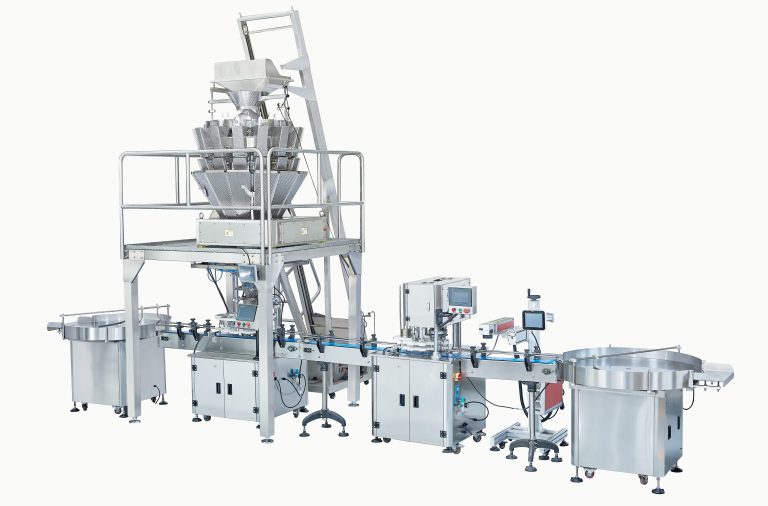
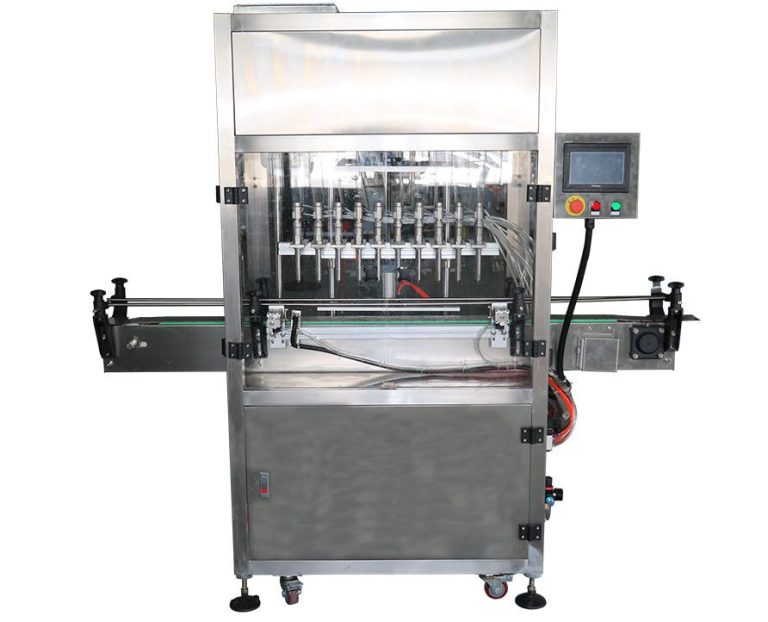
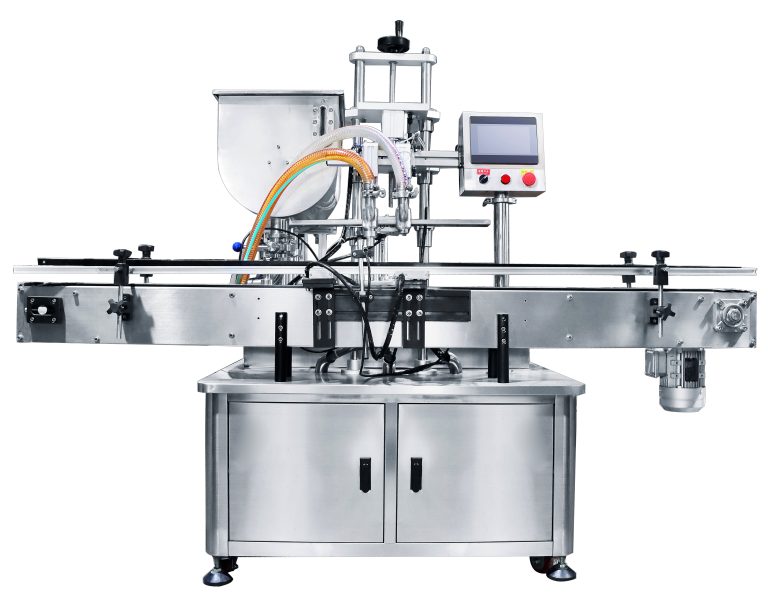
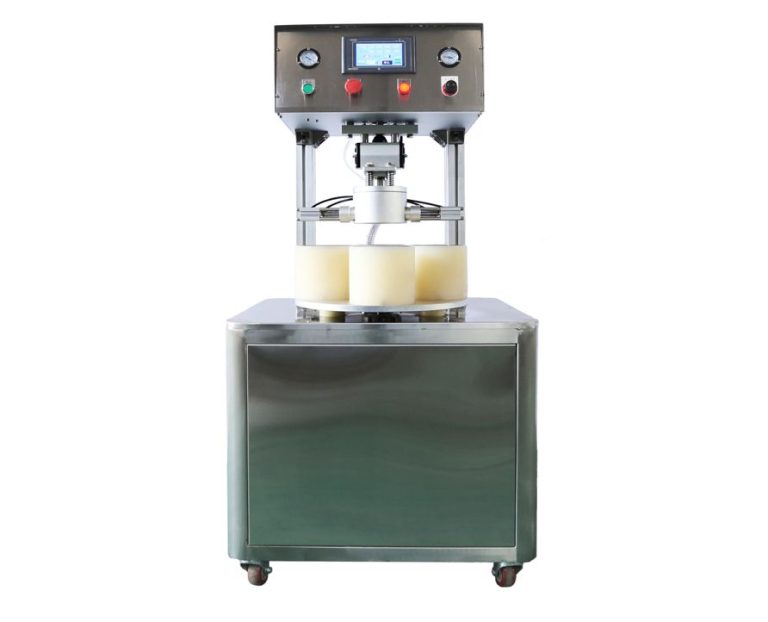
-768x622.jpg)